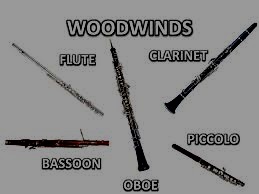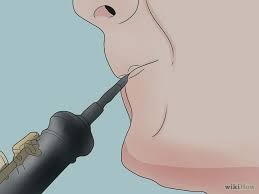
In the world of music, the tone of the sound of music employed defines melody and harmony. In the quest to strike the perfect balance between the melody of a single line and harmony of many lines, a new musical instrument was discovered. The Heckelphone was invented as a low sounding instrument, which was one octave lower than the oboe and was also combined with the powerful sound of the English horn. Thus, was born the Heckelphone with a sonorous and pleasing tone. It is laced with a unique arrangement of an additional ‘muting bell’. The muting bell helps in toning down the pitch. The instrument belongs to the double reed woodwind family of musical instruments and is a recent invention. Let us learn more about this instrument.
Composer Richard Wagner made a request to William Heckel in 1879 for an instrument which combined the characters of both the oboe and the horn. Such an instrument was perfected in 1904 and it was named the Heckelphone. It was presented to the public in 1904. William Heckel GmbH, a company founded in 1831 was the pioneer in manufacturing woodwind instruments and the invention of Heckelphone is credited to William Heckel.

A Heckelphone is a double reed woodwind instrument. Two pieces of reed or cane are joined together at the base. These joined pieces are then inserted into the covering instrument. As with all the double reed instruments, the sound is produced in a Heckelphone by blowing or focusing of air. Air is pumped into the instrument through the mouthpiece. The air in the reed causes them to vibrate. This action produces the sound.
The Heckelphone is constructed similarly as the Oboe family of instruments. The length of the Heckelphone and the diameter of the sixth hole of the Heckelphone is double than that of Oboe at the same hole. To cover this large hollow part, the crook is stretched wide and the reed is made comparatively bigger. The instrument is four feet long and is built of maple wood. The bell has a four inch bulb with a two inch hole at the bottom and a one inch hole in the side. There is a short metal foot to rest the instrument on. The key works is Heckel’s own arrangement of buttons and the three–quarter rings. The axles close the main note holes. The three–quarter rings pivoted on the opposite side of the instrument play like the normal rings.

A Heckelphone sounds lower than the oboe and is played in sonata, symphony and chamber music operas and concertos. A recent addition called Lupophone has been developed, which is an extended form of the Heckelphone and is used in the composition of further lower notes in the repertoire such as an Alpine Symphony.
Richard Strauss and Paul Hindemith used the Heckelphone in their compositions. Amongst the notable 20th century Heckelphone players from America are Mark Perchanok, Andrew Shreeves, Peter Hurd, Robert Howe and Arthur Grossman.


